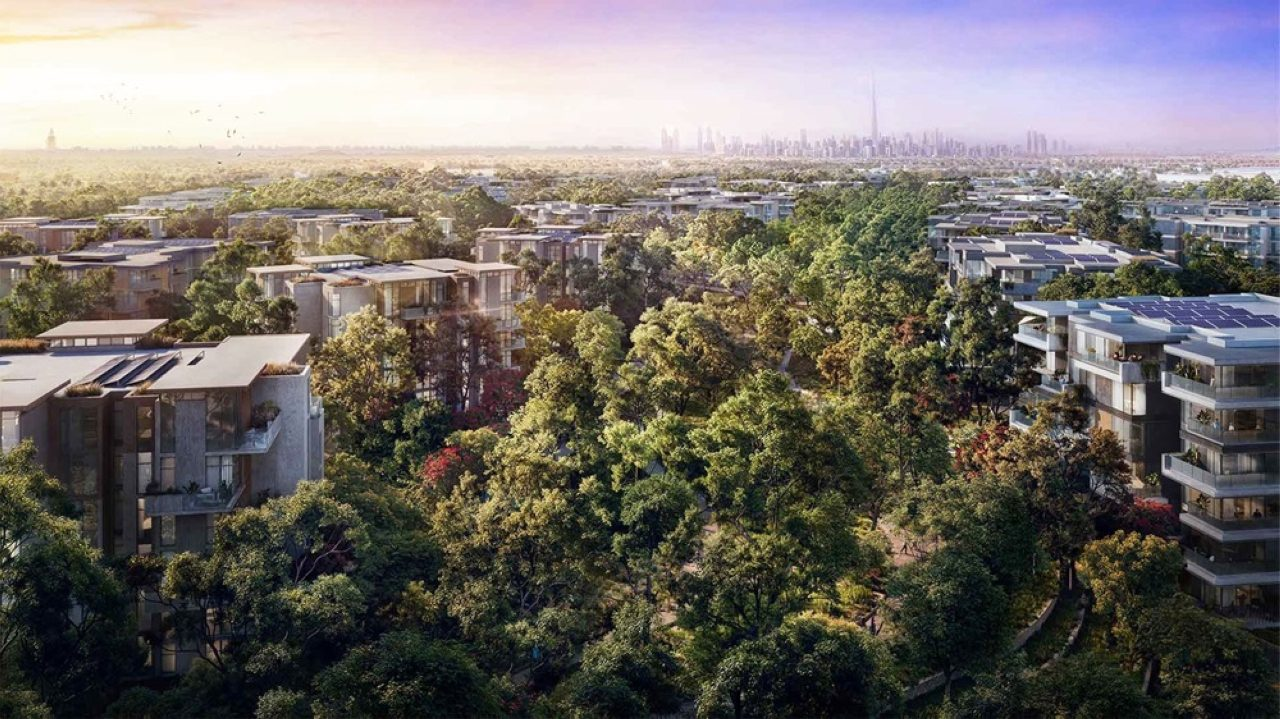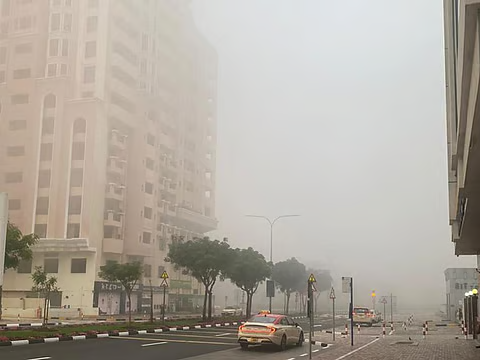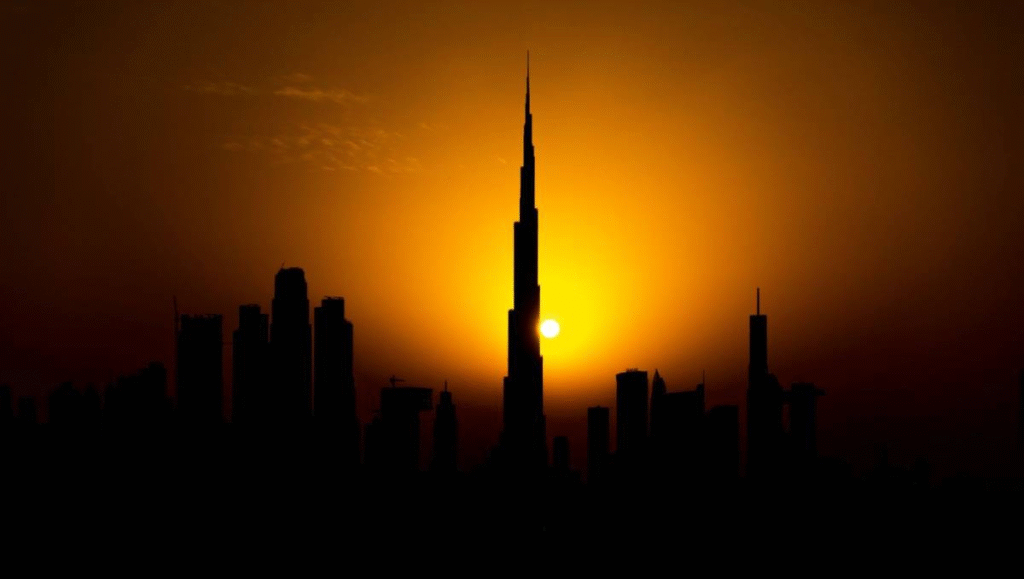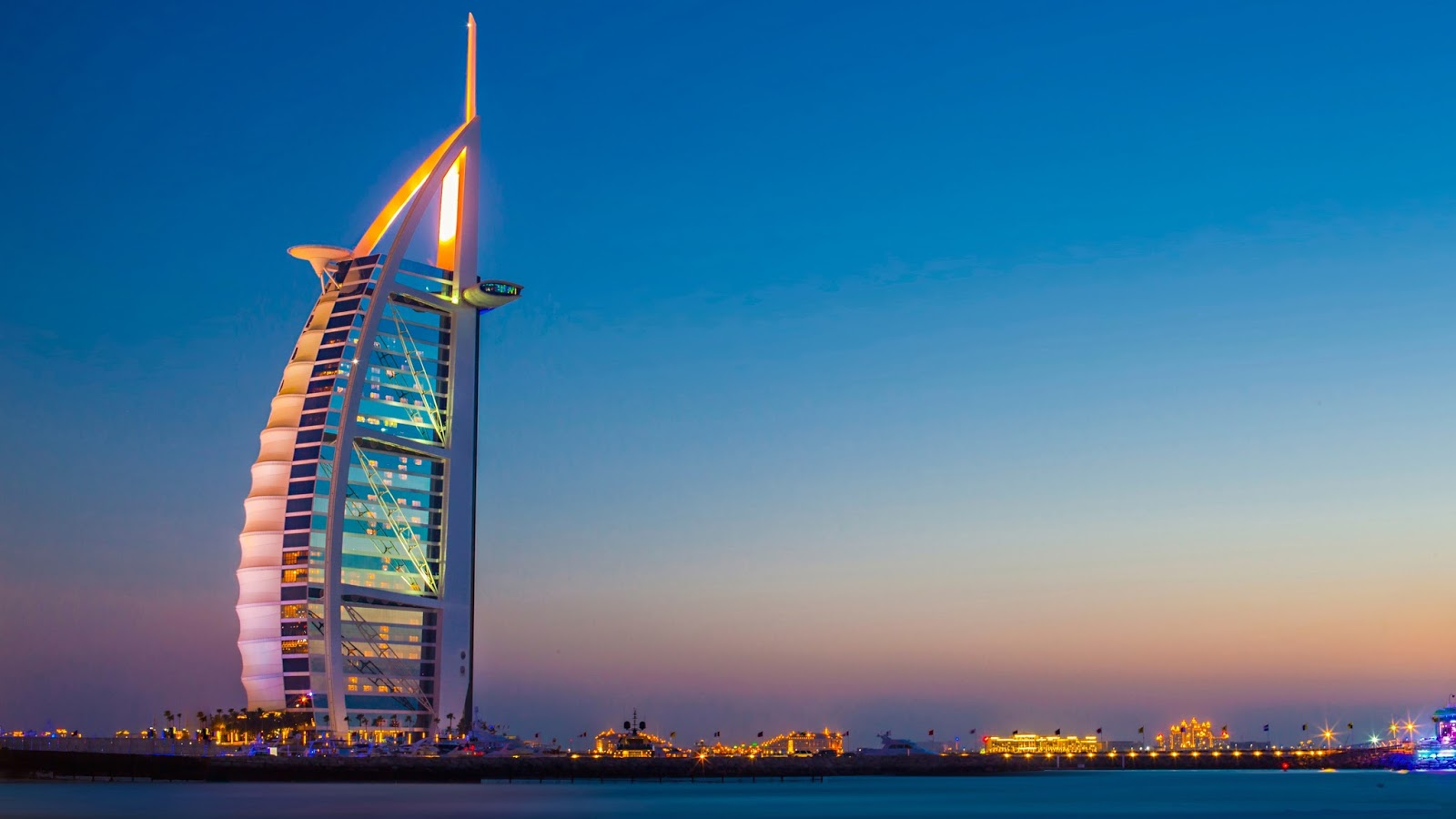Now Reading: UAE Weather Alert: Prepare for Rain, Heat, and Dust 2025
-
01
UAE Weather Alert: Prepare for Rain, Heat, and Dust 2025
UAE Weather Alert: Prepare for Rain, Heat, and Dust 2025

Table of Contents
The UAE is experiencing one of its most unpredictable weather seasons in recent years. From sudden dust storms to intense humidity and unexpected rain in the middle of summer, residents and travelers are urged to stay alert and check regular weather updates from official sources.
According to the National Center of Meteorology (NCM), fluctuating temperatures, scattered rainfall, and high winds are expected to continue across different parts of the country. While some areas like Al Ain, Ras Al Khaimah, and Fujairah have already seen light showers and thundercloud activity, coastal cities such as Dubai and Abu Dhabi have been facing high humidity levels, often exceeding 85%.
What’s Happening with the Weather?
Typically, August is one of the hottest and driest months in the UAE. However, this year has brought unexpected conditions due to shifting climate patterns influenced by El Niño and monsoon winds from the Indian subcontinent.
In the past week alone:
- Dust storms reduced visibility to less than 500 meters in parts of Sharjah and Dubai.
- Temperatures in Liwa touched 49°C, while Kalba recorded an unusual rainfall of 3.4mm.
- High humidity in Abu Dhabi made the real-feel temperature cross 55°C in some areas.
Meteorologists suggest this irregular weather is the result of a clash between hot desert air and incoming moist air currents from the east and south, especially during this time of seasonal transition.
NCM Warnings and Forecast

The NCM has issued yellow and orange alerts in various regions due to expected:
- Strong winds reaching up to 45 km/h
- Blowing dust and sand that could affect visibility
- Chances of convective clouds and light to moderate rain
These alerts are part of the UAE’s advanced weather monitoring system, which uses satellites, radars, and AI-based forecasting tools to provide real-time updates.
Authorities are also working closely with municipal services and emergency units to clear roads, ensure safe driving conditions, and respond to incidents caused by extreme weather.
How Residents Are Affected
The ever-changing weather has had a direct impact on daily life. Many commuters report difficulties due to poor visibility and sudden weather swings.
“I left home with clear skies, and just 20 minutes later, I was stuck in a sandstorm,” said Farah Al Mansouri, a school teacher in Dubai. “My car’s air filter even got clogged, and I had to cancel my appointments.”
Outdoor workers, delivery personnel, and drivers have been advised to limit their hours during peak heat and dust periods. The Ministry of Human Resources and Emiratisation (MoHRE) is monitoring compliance with midday break rules, especially for laborers in construction and landscaping.
Tourism and Flights
The UAE, especially Dubai and Abu Dhabi, continues to be a hotspot for global tourism. However, recent weather changes have caused:
- Minor flight delays at Dubai International Airport (DXB) and Sharjah International Airport
- Temporary closures of desert safari and outdoor adventure activities
- Reduced footfall in open-air attractions like Miracle Garden and beachside promenades
Travelers are advised to check weather apps and airline alerts before heading out.
Health Advisory: Stay Safe in the Heat and Dust
The UAE Ministry of Health has released tips for staying safe:
- Stay hydrated by drinking 2–3 liters of water daily
- Avoid going out between 12 PM to 4 PM
- Wear light-colored, breathable clothing
- Use N95 or dust masks when outdoors during sandstorms
- Keep windows and doors closed to avoid dust accumulation indoors
People with asthma, allergies, and respiratory conditions should take extra precautions. Pharmacies have also reported a rise in sales of inhalers and anti-allergy medications.
Cloud Seeding Efforts Continue
To combat low rainfall and support agriculture and air quality, the UAE’s cloud seeding program has been active throughout July and August. The NCM confirmed several successful missions using aircraft to enhance precipitation in cloud-rich areas, especially near mountainous regions.
While some residents question the sudden downpours, officials clarify that cloud seeding is safe, environmentally monitored, and used only when the atmosphere is favorable.
Long-Term Climate Outlook

Experts believe that the UAE, like many countries, is starting to experience the long-term effects of climate change. According to Dr. Adel Rashid, a senior meteorologist, “We are witnessing more weather anomalies sudden rain in summer, cooler mornings, stronger winds, and unpredictable storms. It’s becoming harder to define seasons.”
While the UAE has made strong investments in sustainability and environmental protection, including the Green Agenda 2030, climate challenges are growing.
What to Expect Next Week
The forecast for the coming days includes:
- Temperatures between 42°C to 48°C across most emirates
- Possible rainfall in eastern and northern regions
- High humidity in coastal areas, especially during evenings
- Risk of sandstorms during mid-afternoon hours
The NCM encourages everyone to stay updated through their mobile app, website, and official social media handles.
Final Note
UAE residents are used to high temperatures, but this year’s weather changes are a wake-up call. As the country continues to modernize its weather response systems, it’s equally important for individuals to take personal precautions.
Read More:- Shobha Realty Launches Its Most Luxurious Project Yet—Full Details Inside 2025






















